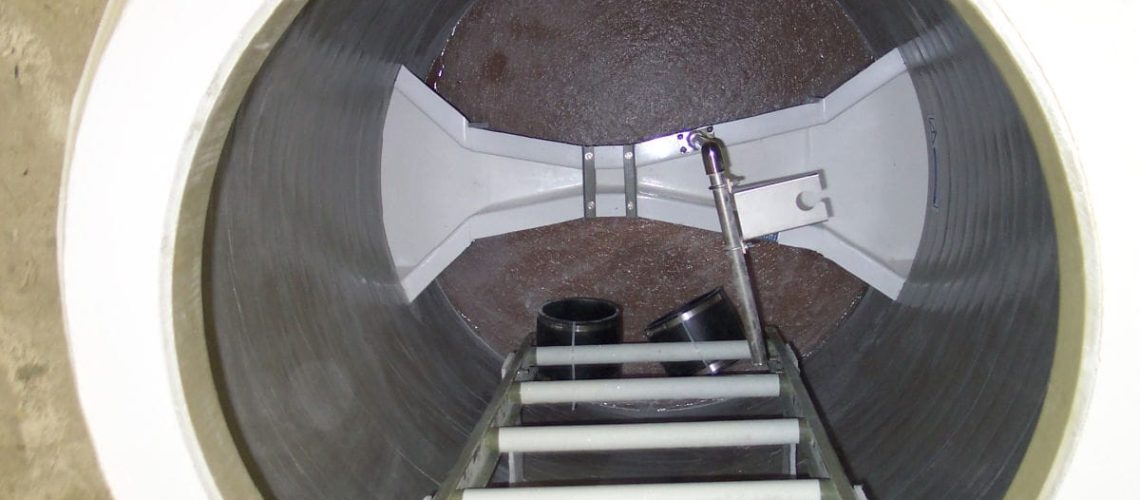When you think of a manhole, you probably think of a large structure made entirely from concrete. Although concrete has long been a popular choice for manholes, this construction material is now facing stiff competition from fiberglass packaged metering manholes.
As an increasingly popular choice, particularly in wastewater operations, fiberglass packaged metering manholes provide several benefits that you may not receive when choosing concrete. Learning about these two manhole types will help you decide which option is right for your system. Compare concrete manholes to fiberglass manholes and find out which of these tools will provide you with the most benefits.
- Products
- Fiberglass Shelters
- Equipment Enclosures
- Resources
Chemical Contact Weirs
Read More →What Are Chemical Contact Weirs?
Chemical contact weirs are critical components in water treatment systems, designed to facilitate the efficient introduction and distribution of chemicals ... - Company



